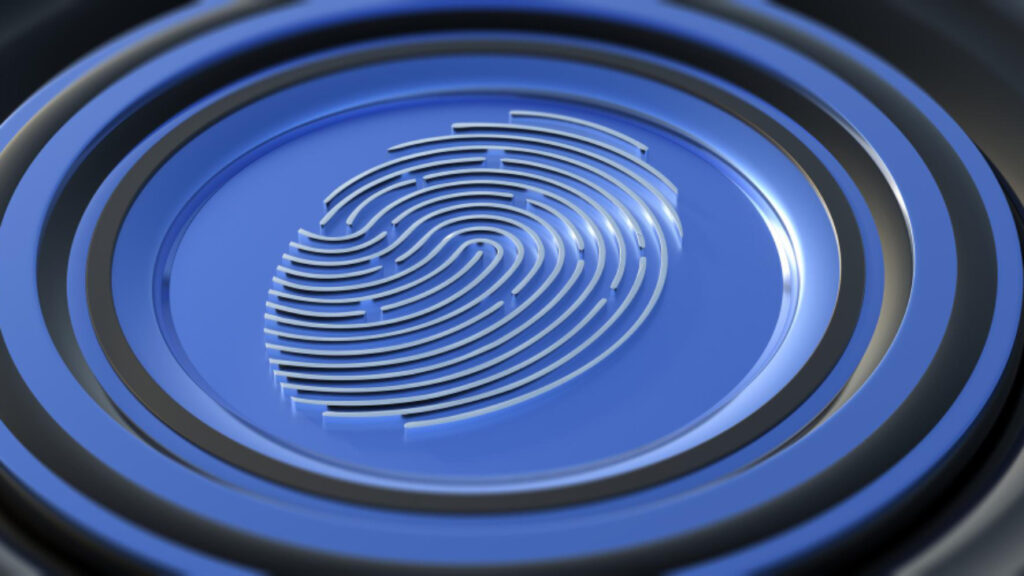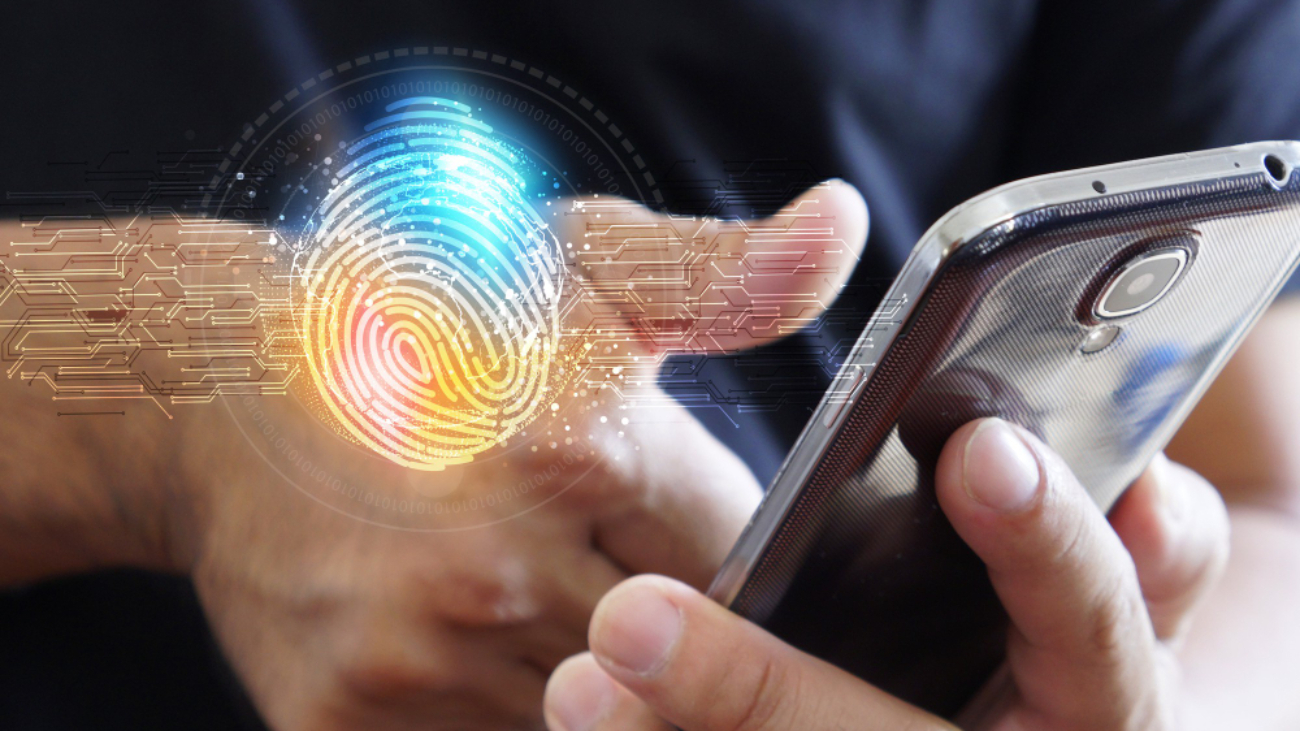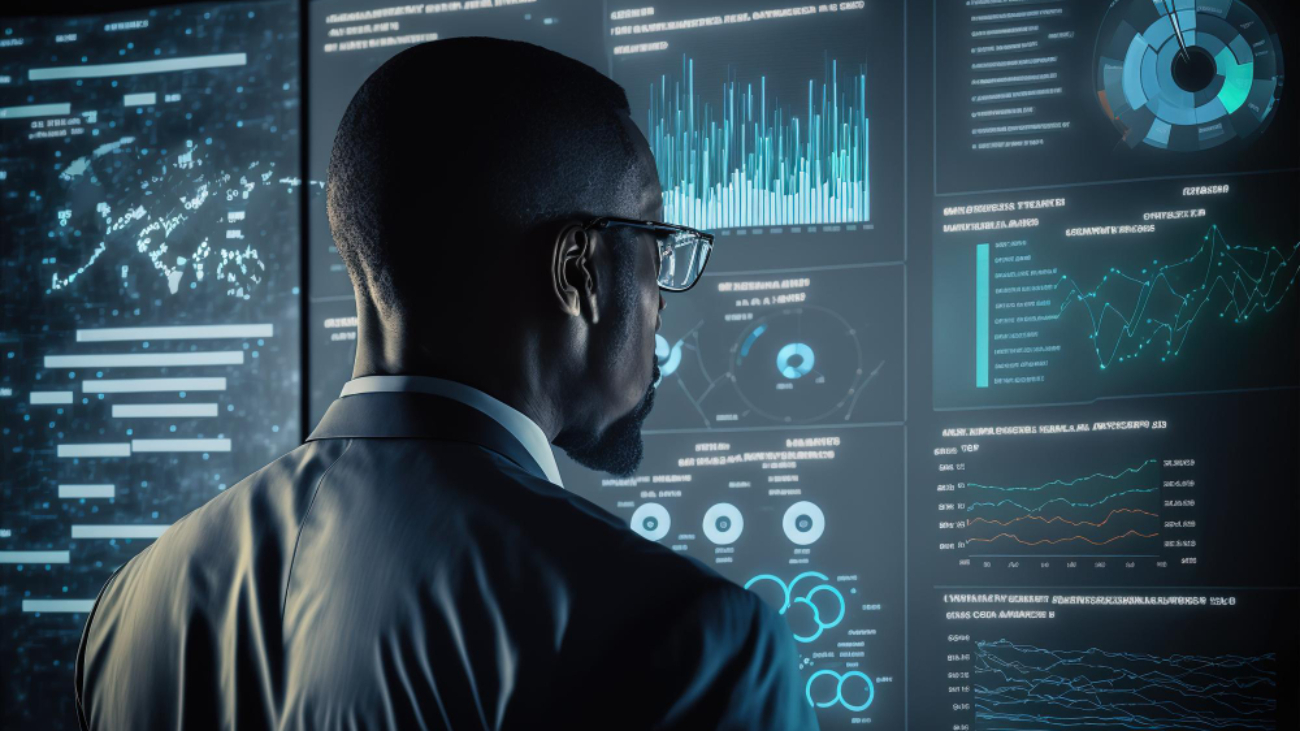In the biometric authentication domain., sensor technology plays a crucial role stated by Bahaa Abdul Hadi. It mainly helps with gathering and evaluating unique behavioral and physiological features that identify individuals. In biometric fusion, recent advancements in sensor technology have led to a considerable breakthrough. It revolutionizes how we authenticate identities across industries. Read on to learn more about sensor technology’s advancement in biometric fusion:
Sensor Miniaturization
One of the key developments in sensor technology is the miniaturization of sensors without affecting the performance of sensors. Tiny sensors are now efficient enough to capture high-resolution pictures of biometric modalities like iris scanning, facial recognition, and fingerprint scanning. The smaller size allows the integration of different biometric sensors. In turn, it helps with seamless biometric fusion solutions. In addition to being portable, they are powerful as well.
Reliability and Accuracy of Biometric Authentication Systems
Above all, sensor fusion algorithms have achieved growth. Due to this, they help with achieving better reliability and accuracy of biometric authentication systems. They can bring together data from different sensors like palm vein and fingerprint scanners. These algorithms help with the creation of more robust biometric templates that stay away from atmospheric variations and spoofing attacks. The outcome is that biometric fusion systems can deliver secure and highly accurate authentication in multiple real-world scenarios.
Multi-Model Sensors
Yet another advancement in sensor technology is the emergence of multimodel sensors. Yes, you will be surprised to know these sensors can capture different biometric traits at the same time. They help with the capturing of rich biometric sets of data. As a result, they help achieve dependable and comprehensive authentication. An excellent example of a multimodel sensor is your smartphone. Yes, you can use both face recognition and fingerprint scanning to gain access to your phone data. It helps you achieve a multifaceted yet seamless authentication experience.
Contactless Biometric Modalities
Above all, contactless biometric modalities stand as excellent examples of sensor technology advancement. After the pandemic, the importance of contactless biometric modalities has evolved a lot. In addition to maintaining accuracy and security, contactless biometric sensors help reduce the risk of virus transmission. This innovation has motivated many industries including transportation, finance, and healthcare to implement contactless biometric fusion solutions.
In addition, advances in sensor technology for biometric fusion focus on providing a better experience to users. User satisfaction and convenience are assured by more efficient and quicker biometric authentication. This becomes possible by sensors with high-speed data processing. They ensure lesser power consumption as well.
Thank you for your interest in Bahaa Abdul Hadi Blogs. For more information, please visit www.bahaaabdulhadi.com.







